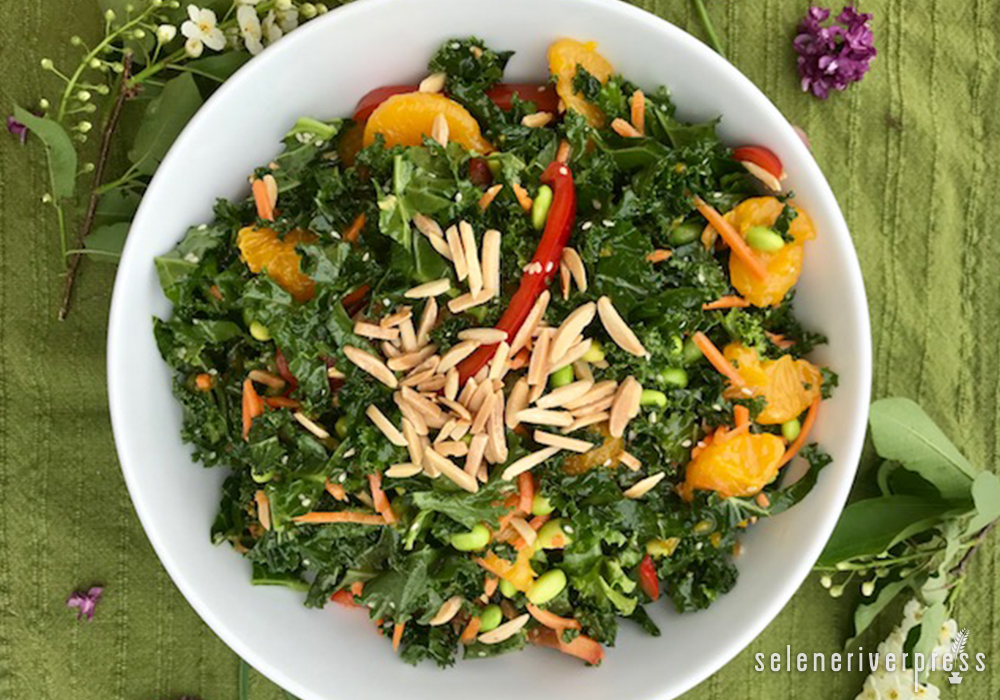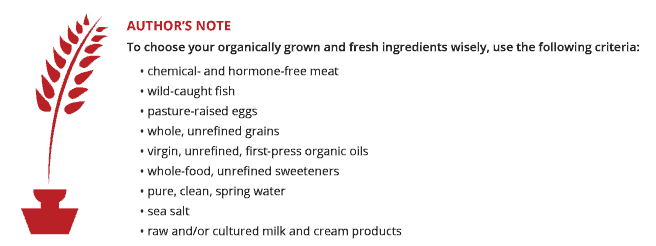Those of you who’ve been reading my posts for some time probably know that I’m an avid gardener, and I have been since I was a child. I’ve had a sense of food appreciation for as far back as I can remember, and from an early age I was able to discern the difference between something pulled fresh from the ground and cooked within hours and something bought at the store. I loved going down to the garden to pick sorrel for a sandwich or to pull a crunchy carrot to gnaw on while I rode my bike (which, in hindsight, doesn’t sound like the safest practice, ha ha). And as I grew older, I found a sense of peace and meditation in working the soil, in harvesting fresh produce with my own hands, and even in pulling weeds.
A month or so ago, deep in the thick of too-much-on-my-plate—with frequent upheavals in my life and what seemed like money endlessly flying out the window from surprise “home-improvements,” taxes, and medical bills—I was feeling, quite simply, overwhelmed.
It was a Sunday morning, and I was talking to my mum on the phone, explaining how defeated I felt that I just couldn’t do it all. I lamented to her that, buried within all the “stuff,” I still hadn’t started my veggie garden for the season. The mere thought of embarking on my annual tradition felt daunting, and to make matters worse, I felt a sense of guilt and shame that I had let it go. She then suggested something downright ludicrous, or such was my initial thought, especially since it was coming from my mother, the very person who instilled my love of plants and the practice of gardening. “Maybe you should just take this year off from the garden,” she said.
I was dumbstruck, and slightly horrified at first, that she would even suggest such an idea. This was something that hadn’t even crossed my mind. Ever. I’ve always had a garden. In fact, I’ve been living in my current home for ten years; I moved in at the end of May 2008, and even that year I planted a veggie garden, albeit a feeble one.
But then I thought more deeply about what my mother was saying. Here I was, finding myself resentful of a hobby that usually brought me enjoyment and harmony. An activity that was supposed to be fun had become a chore that I seemed to be doing only because I felt obligated to. And it didn’t help that for the past few years my soil had become increasingly less healthy—overrun with invasive weeds and progressively ailing from a lack of microbe diversity, as evidenced by my blighted tomato plants.
I made the decision that day to do just as my mother proposed. And you know what? The sense of relief from letting myself off the hook immediately renewed my love for the practice of gardening! Instead of focusing on prepping and planting for the season, I turned my energy toward getting the place ready for next year—enriching my soil, doing deep weeding that hasn’t been done in years, and clearing the entire space to make way for, hopefully, truckloads of fertile, aged manure.
Actually, let me rephrase that. I don’t plan to clear the entire space. I’ve decided to leave my kale plants, which, despite inclement weather, hard freezes, and the less than ideal soil, have repeatedly grown new leaves on their old, woody stalks each year for almost half a decade now. I’m leaving them there as a reminder of how resilient living beings can be, even in tough circumstances, and to have at least something, even if not terribly exciting, to harvest from my backyard. Also, possibly the most important reason of all, my daughter loves letting herself through the garden gate to pluck the kale leaves and eat them raw while she plays, just like I did with my carrots as a child. It’s not typical seven-year-old behavior to go out of one’s way to eat kale, so that’s something I definitely want to foster.
And so we arrive at today’s recipe. All the rain we’ve been getting here in Northern Colorado has been a blessing for my garden overhaul. The soil is rich with worms, and pulling grass and thistles has been practically effortless, not to mention cathartic. And it was during this past week, when I was out there bustling away, that I harvested our first good-sized batch of kale. We celebrated with this delicious salad, which I served as a side dish to some grilled chicken skewers.
Kale salads have gone mainstream, and though I am somewhat of a food hipster—in that I sometimes get annoyed when one of my coveted culinary and nutritional secrets becomes “ordinary” and consumer demand makes it less special and far more pricey—I really couldn’t be happier that kale has become a buzz. It’s cheap, it’s highly sustainable in terms of growth speed and the fact that it can be grown almost anywhere, and it’s insanely nutritious. And, really, that’s the core of much of my work over the years, to enlighten people about optimal eating choices for their health.
The secret to a good kale salad is to massage the leaves with the dressing. Unlike delicate lettuces, which begin to wilt as soon as the dressing touches their leaves, kale is much heartier and usually too tough and fibrous to eat raw without some preparation. Massaging the kale softens the leaves and begins to break down their fibers, allowing the dressing to permeate the leaves and making them easier to digest. I’ve found kale salads come out even better if you first massage the leaves with a little oil and salt and then rub in the dressing. The salt acts as an abrasive, quickly transforming the tough leaves into satiny deliciousness and priming them for their coat.
I threw this salad together with what I had on hand, but like most salads it is easily adapted to whatever is in your fridge. Fragrant ginger and sesame oil give the dressing its Asian flair, with a fine-tuned balance of tart, sweet, and salty bringing everything together. Sesame-Ginger Kale Salad with Oranges and Almonds is a great side dish for an outdoor summer meal, or, topped with a hearty protein such as grilled salmon or chicken, it makes a fantastic main course. Also, it holds its structure incredibly well, making it an ideal transportable, make-ahead dish for a picnic or potluck.
Sesame-Ginger Kale Salad with Oranges and Almonds
Chef’s tip: If you squeeze the trimmings of the oranges after you cut them into segments, you should get the 2 tablespoons of juice needed for the dressing. If not, add juice from another orange or from a carton to make 2 tablespoons total. Also, in a pinch, you can substitute canned mandarin oranges for the fresh oranges. Native Forest is a good, organic brand.
Makes 4–6 hearty servings
Prep time: 15–20 minutes
Ingredients
½ cup slivered almonds
2 large oranges (such as navel, mandarin, or clementine)
2 large bunches of kale (about 12–18 leaves total)
½ cup neutral flavored oil (such as avocado oil or a nut oil), divided
Salt
1 red bell pepper, seeded and sliced
½ cup shelled edamame, fresh or defrosted if using frozen
1 large carrot, peeled and shredded
3 green onions, sliced
2 tablespoons sesame seeds
⅓ cup rice vinegar
2 tablespoons orange juice
2 tablespoons tamari
1 clove garlic, minced
1 inch ginger, peeled and minced
2 drops liquid stevia or a pinch of powdered stevia
Pepper, to taste
Instructions
- Preheat oven to 350°F. Spread almonds on a baking sheet and place sheet in oven. Cook almonds until fragrant and lightly golden brown, about 6–8 minutes. Set aside and allow to cool completely before use.
- Peel oranges and cut them lengthwise into segments. Squeeze juice from remains of orange into a small cup or bowl. (You will need 2 tablespoons of orange juice for dressing.) Set both orange sections and juice aside.
- Remove stalks from kale and discard. Wash leaves and spin or pat dry. Thinly slice or tear leaves into small, bite-sized pieces and put them in a large bowl. Drizzle leaves with a small amount of the oil and sprinkle liberally with salt. Using your hands, massage the leaves until they have wilted and turned bright green and almost translucent. Add to bowl the reserved orange segments, bell pepper, edamame, carrot, green onions, and sesame seeds.
- In a small bowl, whisk together remaining oil, vinegar, orange juice, tamari, garlic, ginger, and stevia (or, alternatively, shake dressing ingredients in a lidded jar). Toss salad with dressing. Taste and adjust seasoning with salt and pepper, if necessary. Allow salad to marinate for 20 minutes. Top with toasted almonds before serving.
Image from Briana Goodall.



